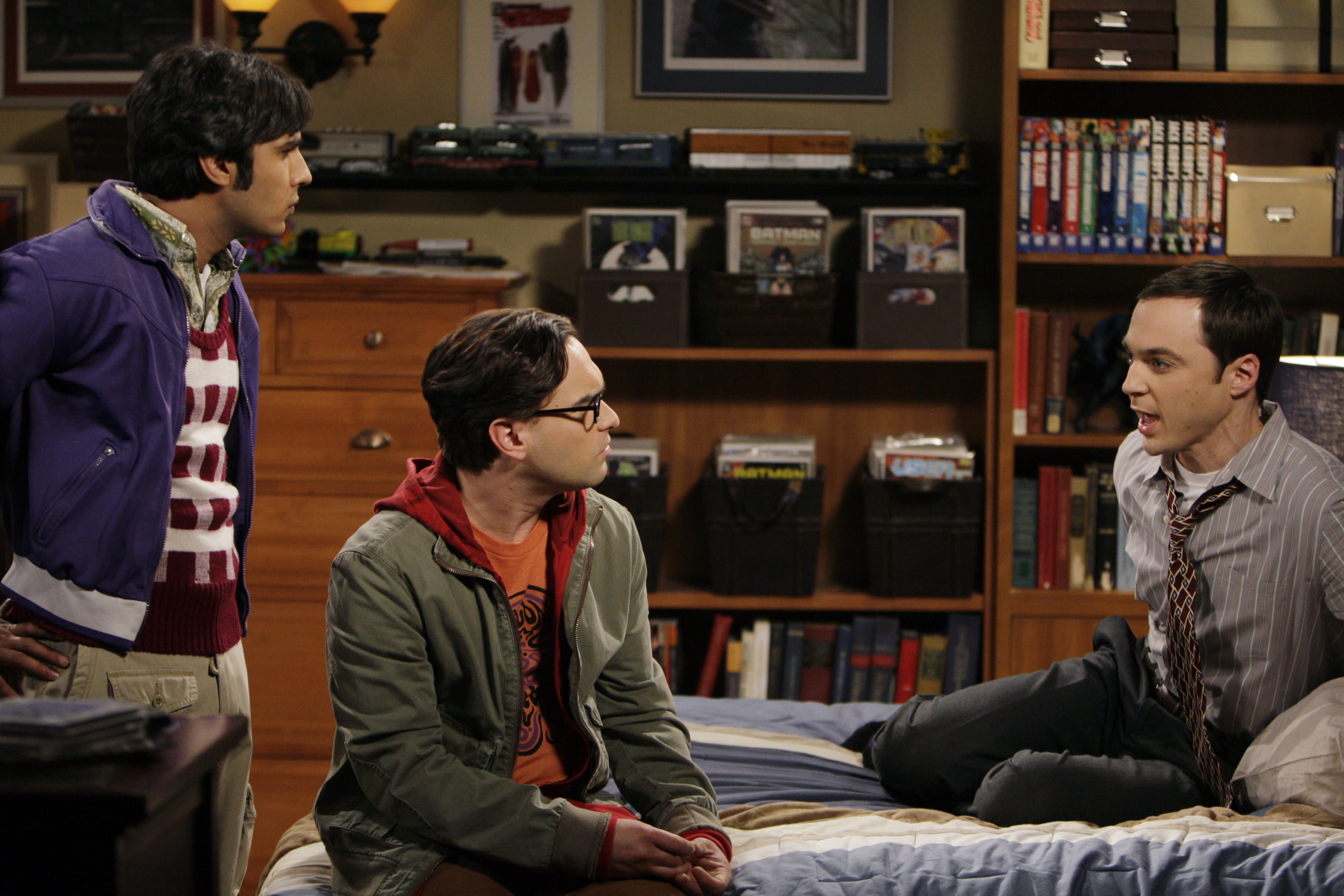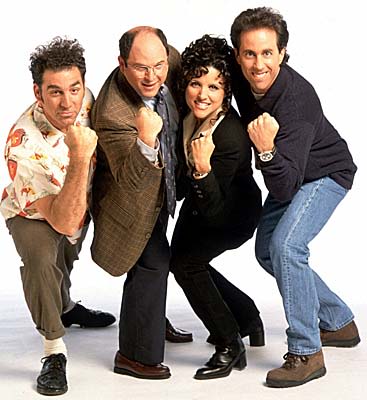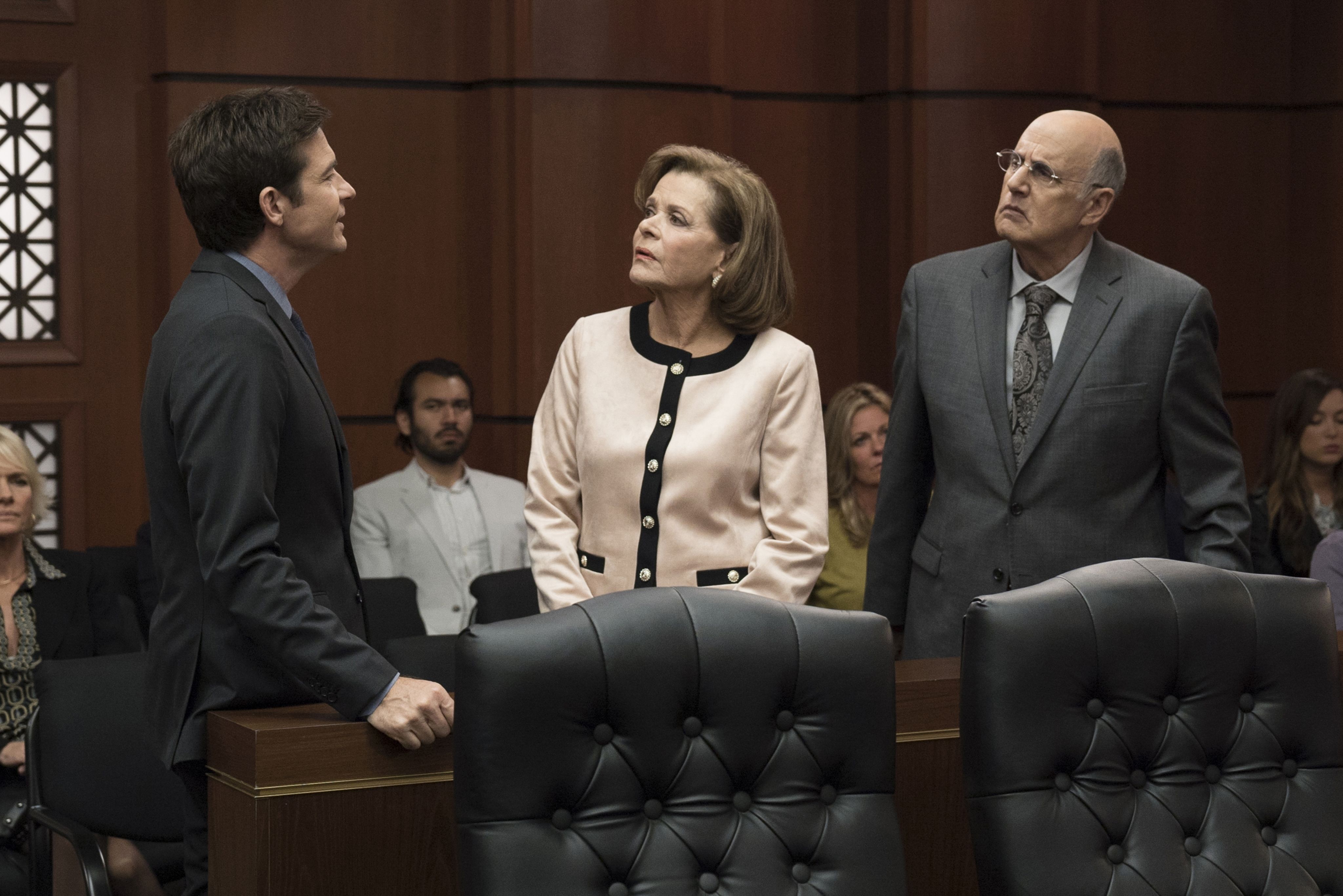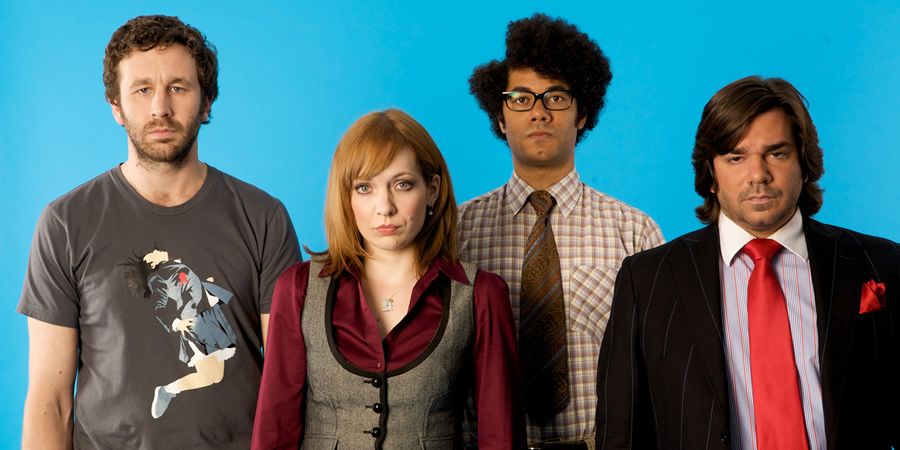The Death Knell of Laugh Tracks
By Lucy Carter

A few months ago, after aimlessly scrolling through Netflix in a fruitless attempt to distract myself from my mountain of readings, I stumbled across a sitcom. It looked like it had a decent, if dull, premise, and I was ready to get invested in the generecisms of another American 20-minute comedy show. But thirty seconds into the trailer, I was out. Why? Not because of the hammy acting or the terrible sets, but because I heard, for the first time in a while, the sound of a canned laugh track.
For years the laugh track was a staple of any sitcom or comedy show, and a particular hallmark of the genre in American shows. However, more recently, the laugh track has begun to induce a sense of discomfort, which has been highlighted online, with classics like Seinfeld and Friends having been edited to demonstrate the superfluousness of canned laughter and the strange rhythms it creates. Actors have to leave extended pauses in conversations to allow space for audience response, resulting in strange delays and overexaggerated facial reactions during conversations. In contrast, shows like 30 Rock, Friday Night Dinner and Arrested Development give far more airtime to the jokes themselves rather than the audience’s reactions, arguably resulting in higher quality and funnier finished products. Widely heralded as the laugh track’s last hurrah is The Big Bang Theory, which ended in 2019. Since then, the format seems to have petered out in favour of snappier, and often higher production value, shows. The success of the laugh track is undeniable, but the question many seem to be asking is whether it really adds anything to a series.

One function of recorded laughter is to instruct us when to laugh. Not content with allowing the audience to come to their own conclusions about the quality of a joke, the show will loudly signpost ‘humorous’ moments, just in case their viewers missed it. It might seem as if the production team has little belief in the intellectual capacities of their audience: if there’s no example to follow, then how are they ever to know when something is funny? Another interpretation suggests that there is little confidence in the show itself, with its comedy not being allowed to stand up on its own. Whether the insult is directed at the show or its audience, it’s not good, instead offering ammunition to those who love to hate popular TV, deeming it mind-numbing, vacuous, and insubstantial. If the production team seems to be thinking the same thing, then it’s no surprise that these shows aren’t considered ‘good TV’.
More bleakly, laugh tracks’ pointers of when to laugh also clearly signpost what to laugh at, something which, particularly with older shows, can be painfully cringeworthy and insidiously damaging. If the punchline of the joke is always bigoted, then audiences will, over time, come to believe that these attitudes are acceptable and funny. How many shows’ jokes are just ‘women are stupid and annoying’? The Amazon Original Kevin Can F**K Himself tackles this trope, showing the ‘real’ world behind the tinny laughter and casual misogyny, and drawing attention to who is the target of the joke and the implications it can have beyond the clapboard sets.

On the other hand, the sense of community produced by a laugh track may be a draw for some. Laughter is, after all, contagious, and joining in with others’ laughter, albeit from a distance, can foster a sense of togetherness. Although the format is going out of style in an age where our TV watching habits are more and more isolated, the laugh track may go some way to re-establishing a sense of collective viewing.
That being said, I don’t think I’ll be sad to see the laugh track comedy go. Not to say that any show with canned laughter is inherently bad (The IT Crowd, for example, is excellent) but the format has been done to death, and it is undoubtedly a good thing that the industry is finally moving on.

